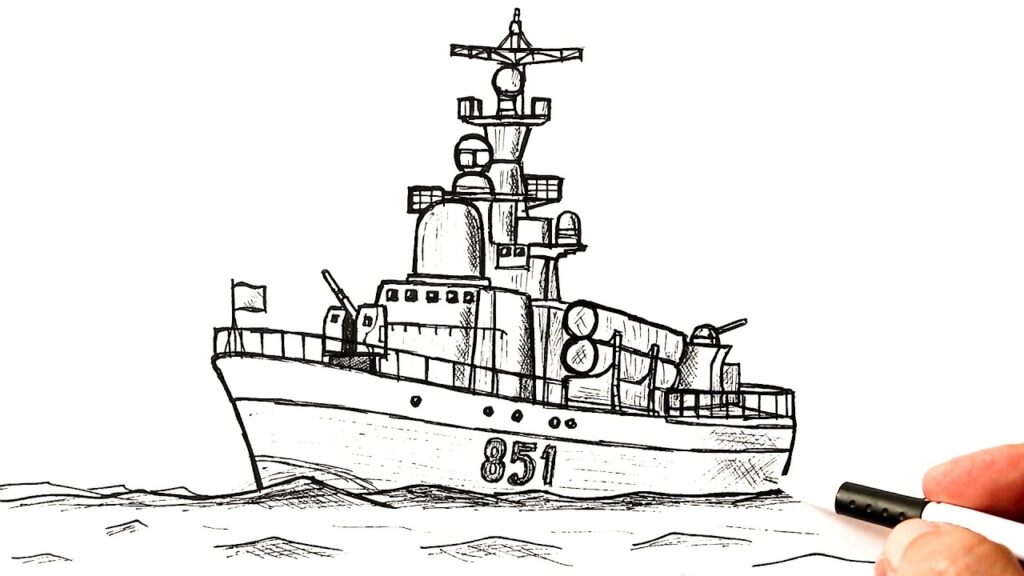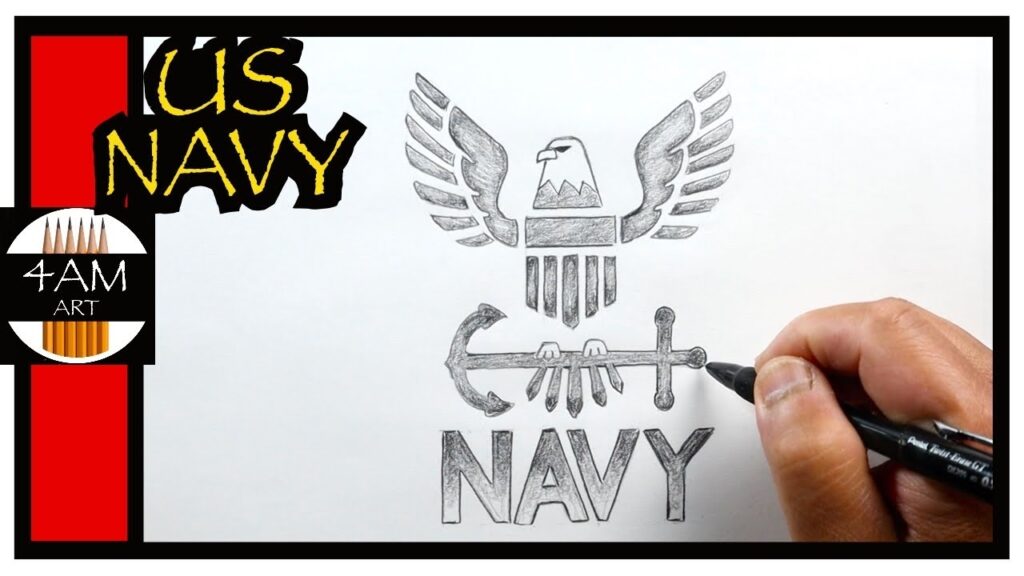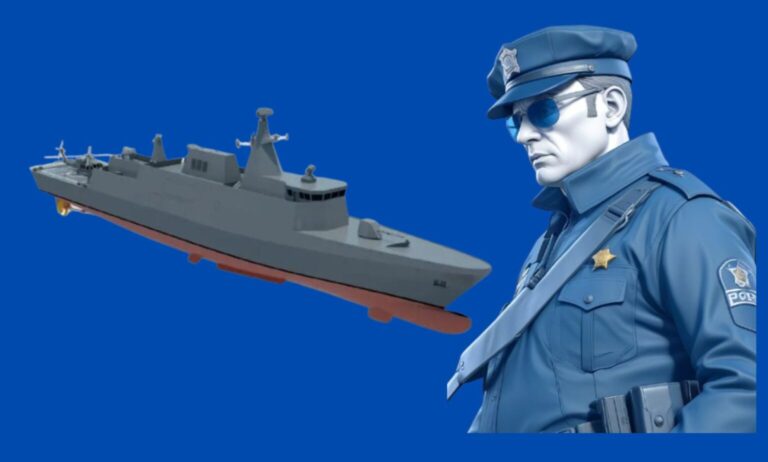Table of Contents
- Introduction to Qel Navy Drawing
- Understanding the Basics of Qel Navy Drawing
- Tools and Materials Needed for Qel Navy Drawing
- Step-by-Step Guide to Creating a Qel Navy Drawing
- Tips for Mastering the Art of Qel Navy Drawing
- Common Mistakes to Avoid in Qel Navy Drawing
- Finding Inspiration and Creativity in Qel Navy Drawing
- Conclusion
- FAQs:
Introduction to Qel Navy Drawing

Do you want to get stunned with Qel navy drawing? This art form comprises accuracy and creativity and embellishes it all with a hint of the sea. If you wish to be an artist or are simply seeking a new way of creativity, it can be very fulfilling when you learn this particular style. Qel Navy’s drawing is full of vibrant colors and complex patterns, allowing the artist to leave the land back but embrace all ocean-inspired aspects in the artwork. Now, let’s move forward and uncover the secrets of making spectacular Qel navy artworks that will overwhelm everyone!
Understanding the Basics of Qel Navy Drawing
Qel Navy drawing is a captivating art form that combines precision and creativity. This design is quintessentially based on the interference of forms of complex shapes in naval designs. Learning the basics forms the basis for going to the next level.
First, seek to understand the fundamental aspects of this style. Lines are crucial; they create structure and depth. Pay attention to how shadows interact with light in your drawings to enhance realism.
Next, explore colour theory specific to navy tones. Rich blues can convey tranquillity or drama, depending on their application. Experimenting with gradients adds another layer of complexity.
Observe real-life references such as ships or ocean scenes. This practice helps develop an eye for detail and proportion—two vital aspects of Qel Navy drawing that elevate your work from simple sketches to stunning artistry.
Tools and Materials Needed for Qel Navy Drawing
When starting with the gel navy drawing, having all the necessary tools and materials is essential. It is advisable to begin with high-grade sketching pencils of varying hardness. This will help you achieve different tonal gradation effects.
Next, invest in an assortment of erasers. A kneaded eraser is ideal for lifting graphite without damaging your paper, while a vinyl eraser works wonders for finer details.
Choose smooth drawing paper that can handle multiple layers of pencil work. Look for documents designed explicitly for pencil art to enhance texture and depth.
Remember to blend tools! Stumps or tortillons are great for smoothing out lines and creating gradients.
Keep a ruler handy for precise measurements and straight lines. With these essentials at your side, you’re ready to delve into the captivating world of cell navy drawing!
Step-by-Step Guide to Creating a Qel Navy Drawing
Start by selecting a reference image that inspires you. This image could be anything from a landscape to an intricate navy blue pattern.
Next, sketch the basic outlines lightly with a pencil. Focus on proportions and shapes; this stage is about getting the structure right without committing fully.
Once satisfied, begin adding details. Layer your navy tones gradually for depth. Use varying pressures on your pencil or brush to achieve different shades.
With your base complete, refine edges and highlights. A white gel pen can add striking contrast against deep blues.
Step back and evaluate your work. Look for areas that need more definition or softer transitions, adjusting accordingly until it feels balanced and complete. Enjoy the process as you bring your unique vision to life!
Tips for Mastering the Art of Qel Navy Drawing

To excel in all navy drawing, practice is your best friend. Set aside time each day to sketch. Consistency builds skill and confidence.
Focus on proportions and perspectives. Use reference images to understand the nuances of shapes and angles. This will enhance your overall composition.
Experiment with different techniques. Try cross-hatching or stippling for texture effects, bringing more depth to your work.
Don’t shy away from colour experimentation, either. Integrating shades of blue can add richness while maintaining that classic navy feel.
Seek feedback from peers or online communities dedicated to art. Fresh eyes can provide valuable insights you might overlook.
Keep a journal of sketches and ideas. Documenting progress tracks improvement and sparks creativity when revisiting old concepts.
Common Mistakes to Avoid in Qel Navy Drawing
It’s easy to fall into common traps when diving into gel navy drawing. One major mistake is neglecting proportions. Pay attention to the size and placement of elements in your composition.
Another pitfall is using too much detail too soon. Start with broad strokes before refining features. This keeps your drawing fluid and adaptable.
Many artists also rush their shading techniques. Gradual layering creates depth and dimension, while hasty application can flatten the image.
Ignoring colour harmony can also lead to discordant visuals. Choose a cohesive palette that complements your subject matter for a more significant impact.
Remember perspective! Understanding how objects relate in space enhances realism in your drawings. Taking time to master these aspects will elevate your Qel navy artwork significantly.
Finding Inspiration and Creativity in Qel Navy Drawing
Finding inspiration for your Qel Navy drawing can come from various sources. Nature is a fantastic starting point. Observe the waves, skies, and landscapes around you. Each element offers unique shapes and colors to incorporate into your artwork.
Art communities are another great resource. Online platforms like Instagram or Pinterest showcase countless artists’ interpretations of navy themes. Engaging with these works can spark new ideas.
Don’t overlook personal experiences, either. Reflect on moments that resonate with you emotionally—these memories often translate beautifully onto paper.
Experiment with different styles and techniques. Trying something unconventional might lead you down an unexpected path of creativity in your Qel Navy drawing journey. Embrace the process, allowing yourself to explore freely without fear of judgment or perfectionism.
Conclusion
Qel Navy Drawing opens up a world of creativity and expression. Mastering the basics, understanding your tools, and following structured steps can elevate your skills significantly. Embrace the tips for improvement while steering clear of common pitfalls to make steady progress in your artistry.
Inspiration is the primary element as it fires the enthusiasm, and the ideas keep coming. With lots of practice, you will produce beautiful works of art and cultivate a personal style that defines you as a great artist. So, get those things, turn on your creative juices, and go into the land of Qel Navy Drawing!
FAQs:
What is Qel Navy drawing?
Qel Navy drawing is an art style inspired by ocean themes. It combines precision and creativity using navy tones and sea-inspired patterns.
What tools do I need for Qel Navy drawing?
For Qel Navy drawing, you need sketching pencils, a kneaded eraser, smooth drawing paper, and blending tools like stumps.
How can I improve my shading in Qel Navy drawing?
In Qel Navy drawing, practise gradual layering of navy tones to create depth and enhance the shading.
What colours are common in Qel Navy drawing?
Qel Navy drawing often uses shades of blue, navy, and ocean-inspired colours to capture sea themes.
Can beginners try Qel Navy drawing?
Yes, beginners can quickly start with basic shapes and gradually develop their Qel Navy drawing skills.
Why is proportion significant in Qel Navy drawing?
In Qel Navy drawing, accurate proportions ensure a balanced and realistic composition, which is crucial for ocean-themed designs.


